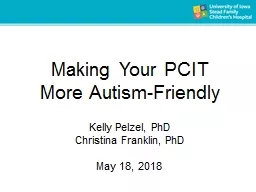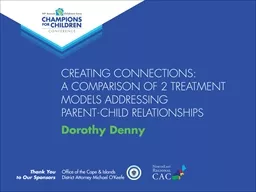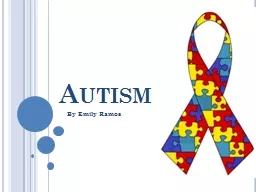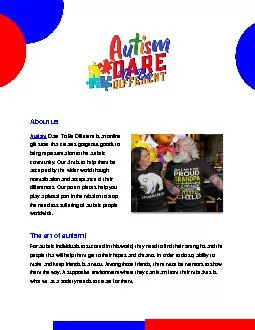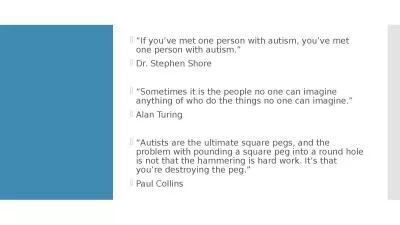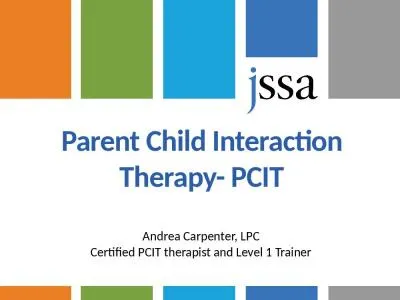PPT-Making Your PCIT More Autism-Friendly
Author : lois-ondreau | Published Date : 2018-10-23
Kelly Pelzel PhD Christina Franklin PhD May 18 2018 Dr Pelzels Disclosures Disclosures Consultant Speakers bureaus No Disclosures Research funding R01MH104363 4115
Presentation Embed Code
Download Presentation
Download Presentation The PPT/PDF document "Making Your PCIT More Autism-Friendly" is the property of its rightful owner. Permission is granted to download and print the materials on this website for personal, non-commercial use only, and to display it on your personal computer provided you do not modify the materials and that you retain all copyright notices contained in the materials. By downloading content from our website, you accept the terms of this agreement.
Making Your PCIT More Autism-Friendly: Transcript
Download Rules Of Document
"Making Your PCIT More Autism-Friendly"The content belongs to its owner. You may download and print it for personal use, without modification, and keep all copyright notices. By downloading, you agree to these terms.
Related Documents

